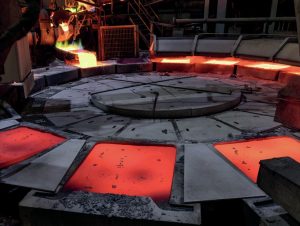
Smelter disruptions reshape 2025 traded acid market
CRU's analyst Viviana Alvarado discusses the effect of smelter outages and maintenance, a copper concentrate shortage, and Asian capacity ramp ups, on sulphuric acid supply and prices.

CRU's analyst Viviana Alvarado discusses the effect of smelter outages and maintenance, a copper concentrate shortage, and Asian capacity ramp ups, on sulphuric acid supply and prices.
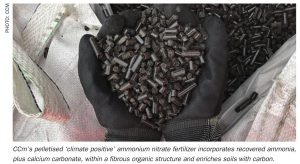
Pawel Kisielewski, CCm's CEO, talks to Fertilizer International about its innovative fertilizer technology, achievements to date and UK production scale-up.

Leaching /crystallisation is a preferable beneficiation process for complex and hard-to-liberate potash ores, according to ERCOSPLAN’s Dr Eike Kaps.

A model developed by ERCOSPLAN can help select the most efficient mining method for potash ore deposits.
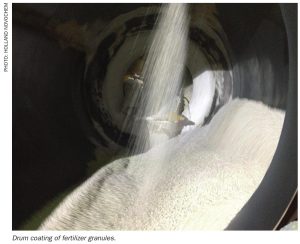
Holland Novochem offers a long-established range of high-quality, anti-caking, moisture repellents and de-dusting agents.
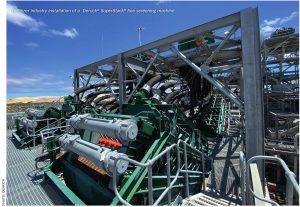
Danny Luu , Processing Engineer, Derrick Corporation, outlines the transformative role of fine screening in potash and phosphate processing.

The AFA's 37th International Technical Conference & Exhibition is being held at the prestigious UM6P in Benguerir City, Morocco.
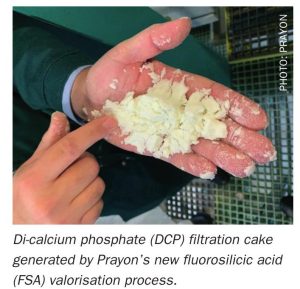
Marc Sonveaux highlights Prayon’s innovative approach to fluorosilicic acid (FSA) valorisation.

Phospholutions is meeting the phosphorus efficiency challenge head-on with its proprietary RhizoSorb® technology.
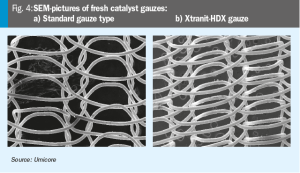
Umicore’s latest research and development has resulted in a novel catalyst for the Ostwald process, aiming to enhance efficiency and sustainability in high-pressure nitric acid production.